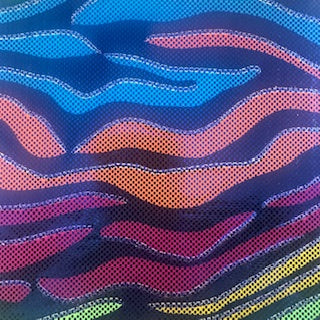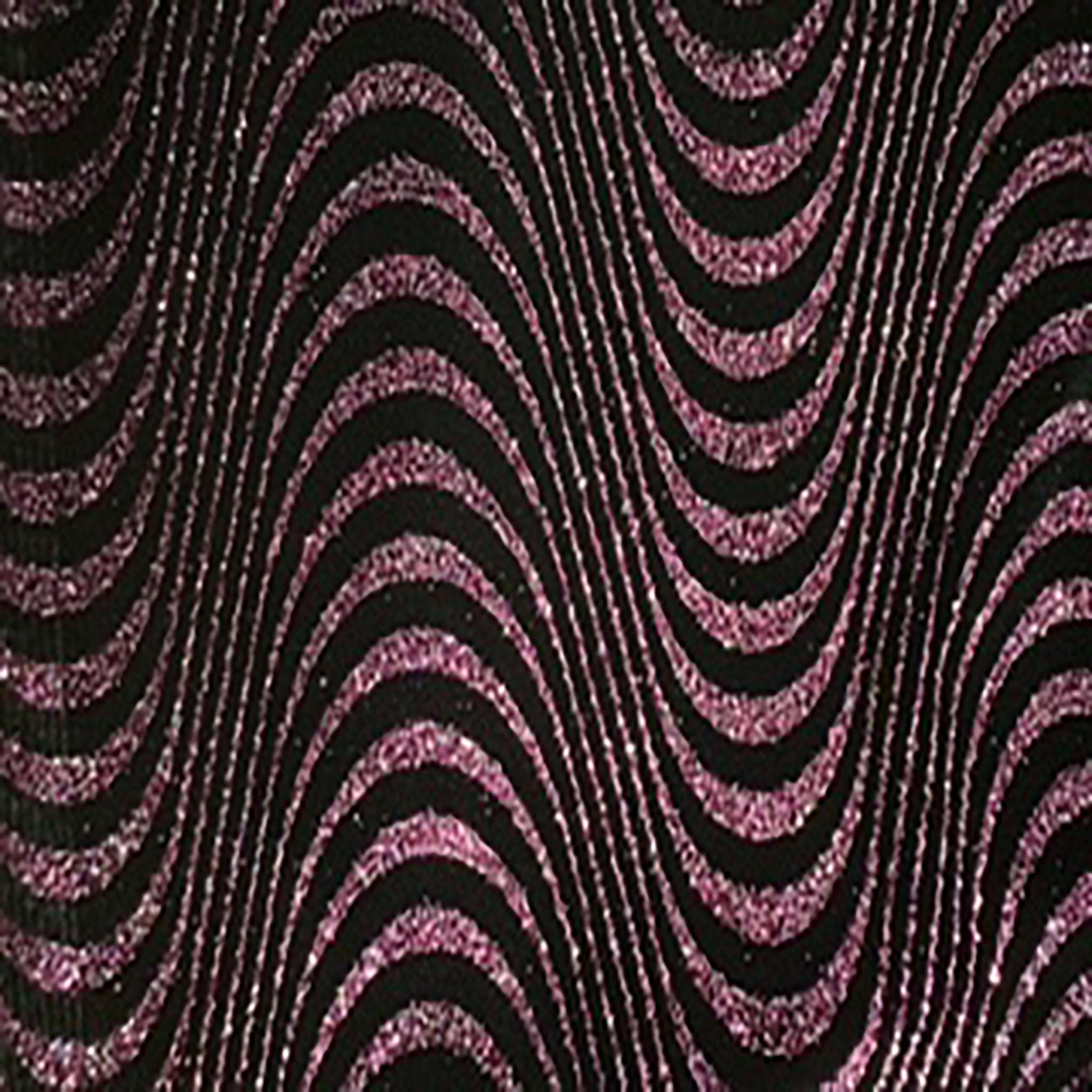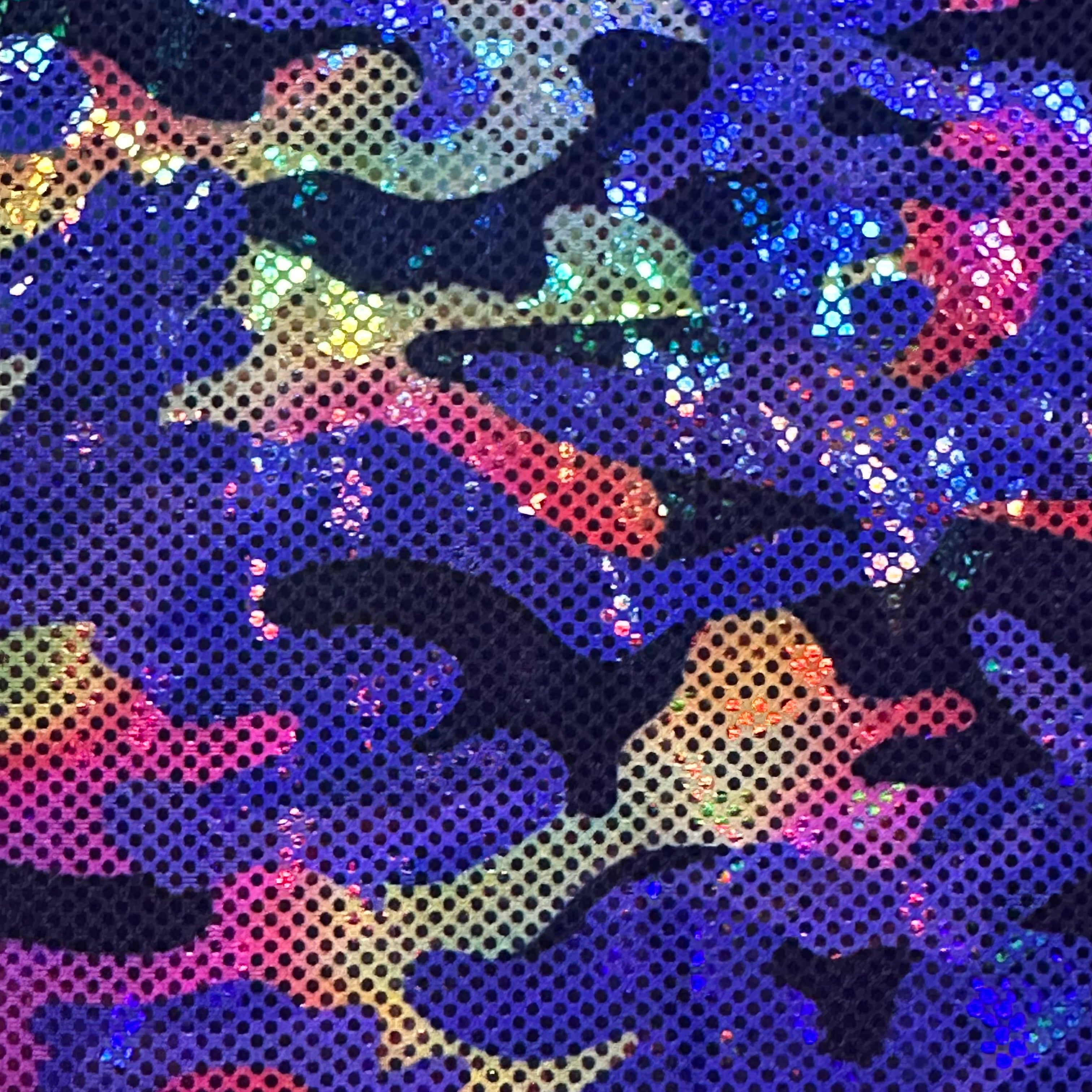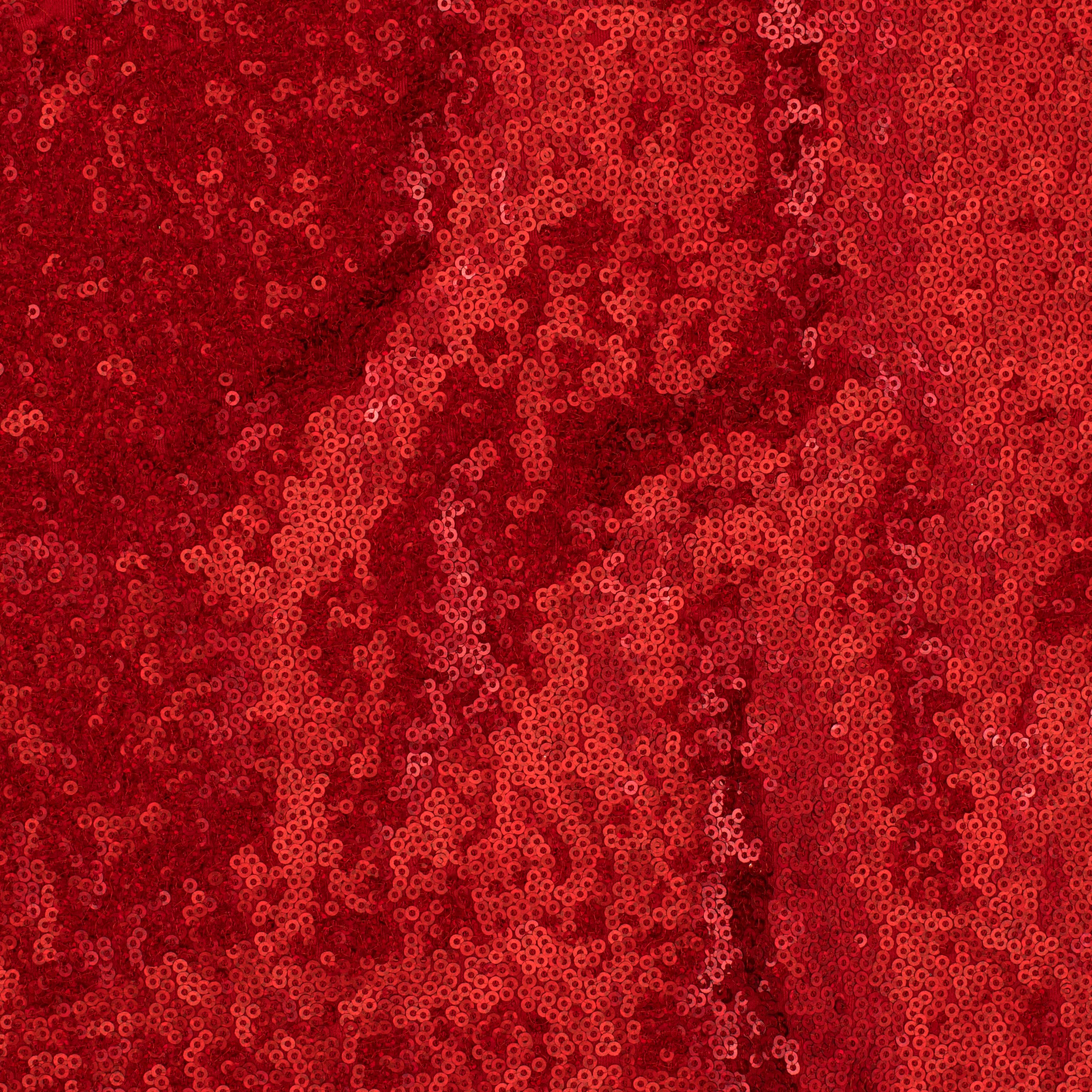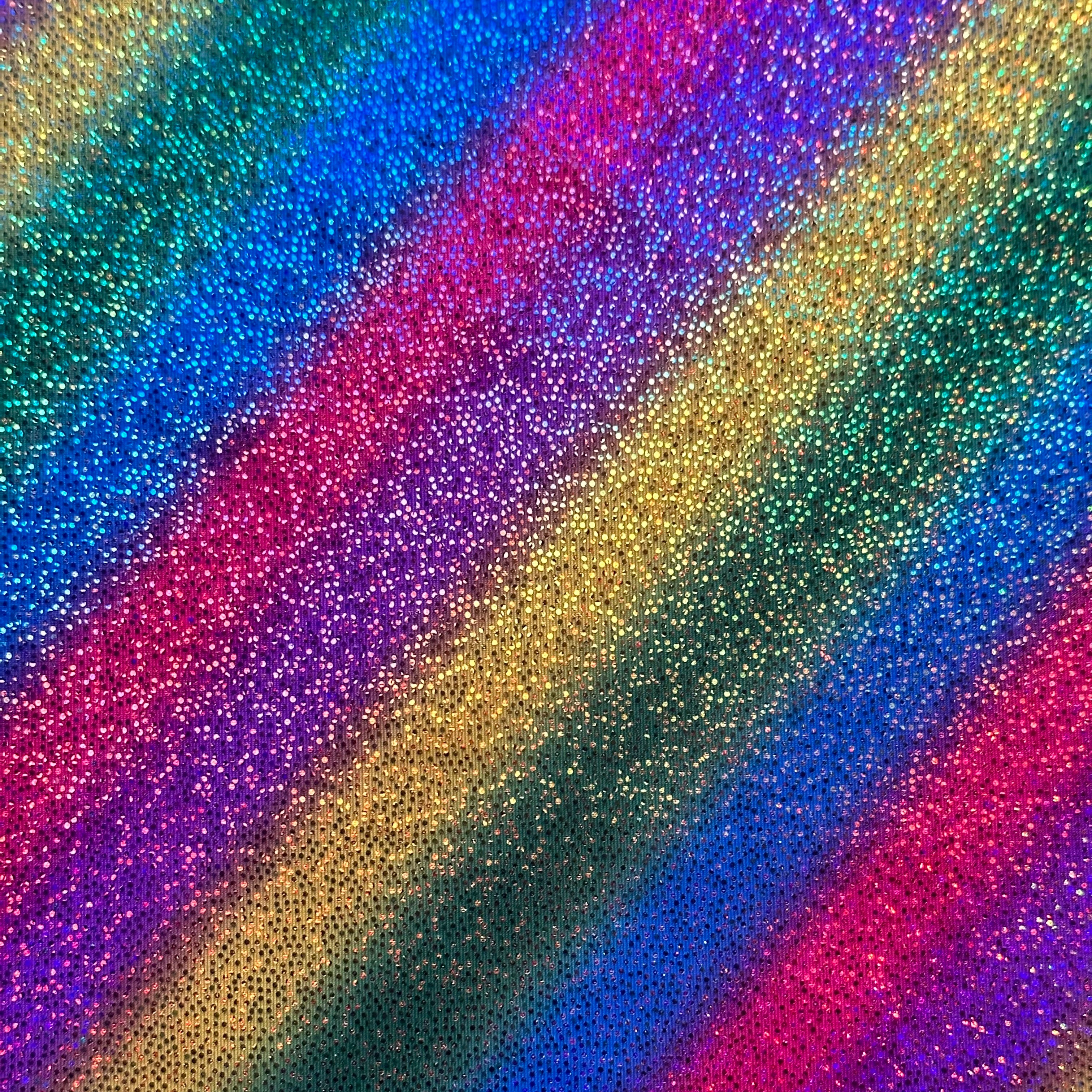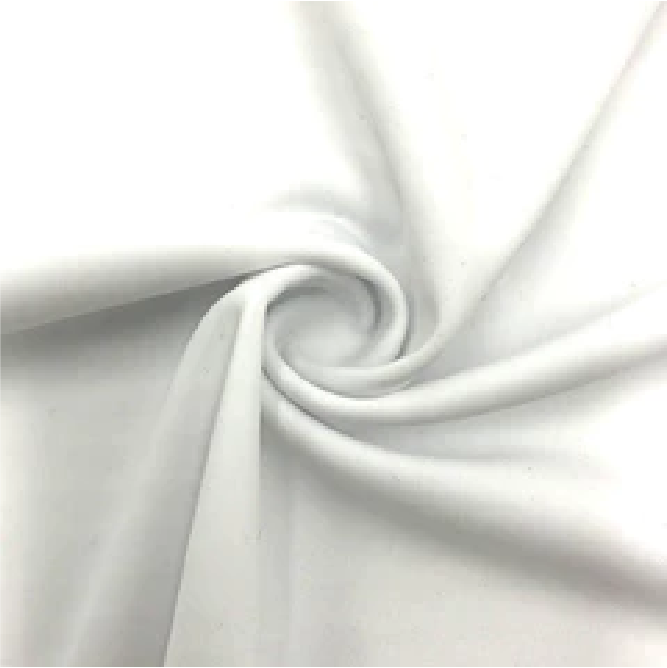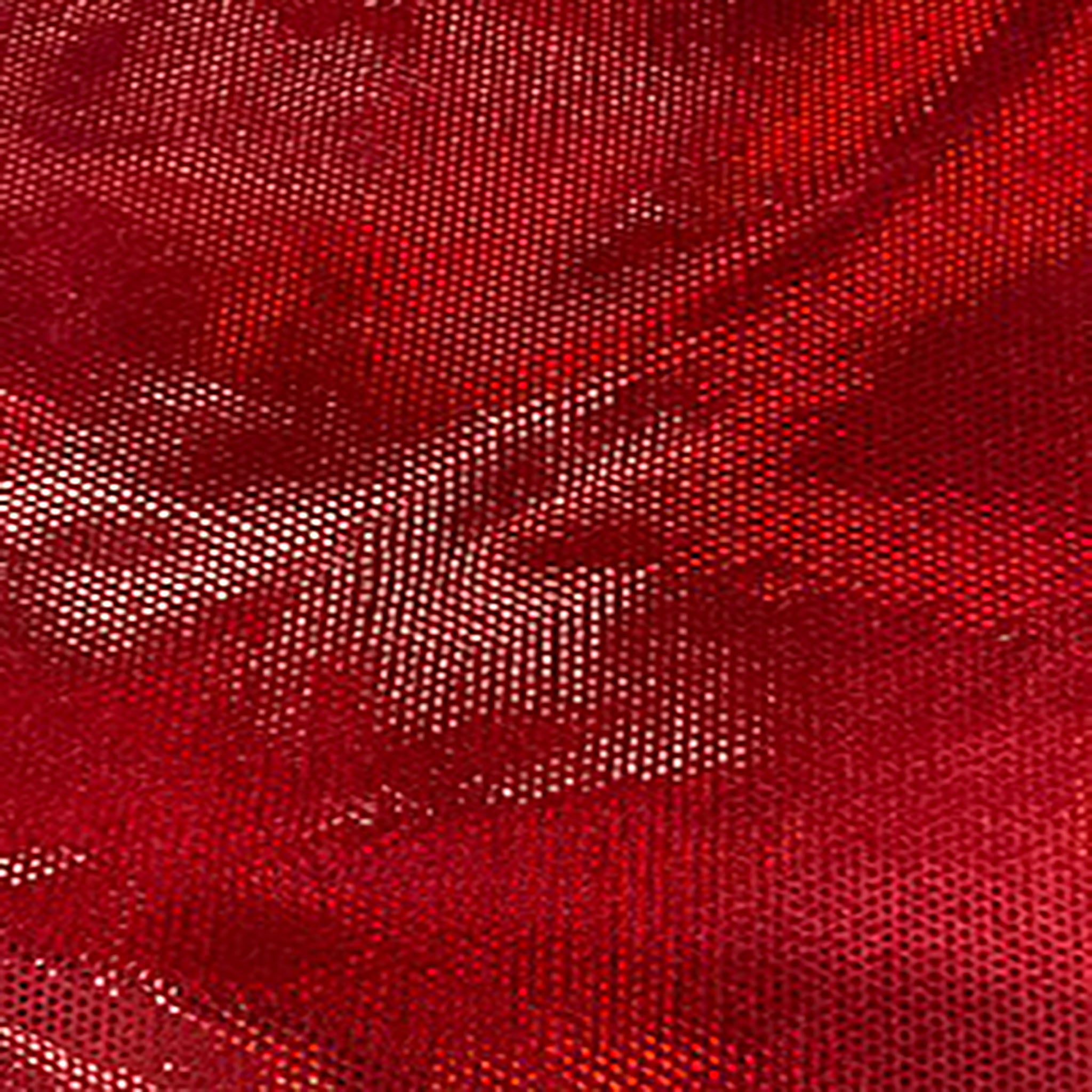In the world of textiles, the distinction between knit and woven fabrics holds immense significance, influencing everything from comfort and flexibility to durability and appearance. Exploring this knowledge equips fabric enthusiasts, designers, and consumers alike with the insights needed to make informed choices. Central to this exploration is the revolutionary material: spandex.
 Spandex, also known as elastane or Lycra, is a synthetic fiber renowned for its exceptional elasticity and resilience. Unlike traditional fibers like cotton or wool, spandex possesses an inherent stretchiness that enables it to comfortably conform to the body's contours, providing unparalleled freedom of movement. This unique characteristic makes spandex a cornerstone in the creation of activewear, dancewear, swimwear, and other garments that demand both comfort and performance.
Spandex, also known as elastane or Lycra, is a synthetic fiber renowned for its exceptional elasticity and resilience. Unlike traditional fibers like cotton or wool, spandex possesses an inherent stretchiness that enables it to comfortably conform to the body's contours, providing unparalleled freedom of movement. This unique characteristic makes spandex a cornerstone in the creation of activewear, dancewear, swimwear, and other garments that demand both comfort and performance.
Understanding the fundamental differences between knit and woven fabrics is pivotal in grasping the versatility and applicability of spandex. Knit fabrics are constructed through a continuous loop of yarn, resulting in a flexible and stretchable material that is ideal for form-fitting apparel and activewear. On the other hand, woven fabrics are crafted by interlacing yarns at right angles, yielding a structured and stable fabric suitable for tailored garments and upholstery.
Beyond its role in apparel, spandex's versatility extends to various industries, including medical textiles, automotive upholstery, and even furniture manufacturing. Its ability to enhance comfort, flexibility, and durability makes it an indispensable component in countless applications where performance and resilience are paramount.


 The incorporation of spandex into both knit and woven fabrics elevates their performance and comfort to new heights. In knit fabrics, spandex enhances elasticity and recovery, ensuring garments retain their shape even after prolonged wear and washing. Meanwhile, in woven fabrics, the addition of spandex imparts a subtle stretch that enhances comfort without compromising the fabric's integrity, making it an ideal choice for versatile clothing items.
The incorporation of spandex into both knit and woven fabrics elevates their performance and comfort to new heights. In knit fabrics, spandex enhances elasticity and recovery, ensuring garments retain their shape even after prolonged wear and washing. Meanwhile, in woven fabrics, the addition of spandex imparts a subtle stretch that enhances comfort without compromising the fabric's integrity, making it an ideal choice for versatile clothing items.